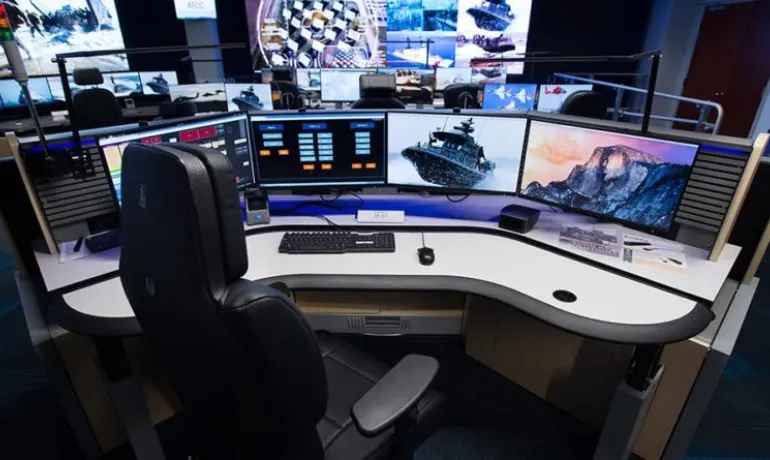As control rooms become increasingly integral to managing complex operations in sectors like transportation, energy, and emergency services, the need for innovative solutions is paramount. Augmented Reality (AR) and Virtual Reality (VR) are emerging technologies that offer significant benefits in enhancing control room operations. This blog examines how AR and VR are transforming training methodologies and improving situational awareness for operators.
Understanding AR and VR
– Augmented Reality (AR): AR overlays digital information onto the real world, enhancing users’ perception of their environment. In control rooms, AR can display relevant data directly on physical assets or operational displays.
– Virtual Reality (VR): VR immerses users in a fully virtual environment, allowing them to interact with digital simulations. For control room operators, VR can provide realistic training scenarios without the risks associated with real-life operations.
Immersive Training Experience
One of the most significant advantages of AR and VR in control room operations is their ability to create immersive training experiences:
– Simulated Environments: VR can replicate complex control room scenarios, allowing operators to practice responding to emergencies, managing workflows, or coordinating resources in a safe setting.
– Hands-On Learning: Through AR, operators can learn by doing—interacting with virtual models of equipment or systems that provide real-time feedback on their actions
– Cost-Effective Training: By reducing the need for physical simulations or live training exercises, AR and VR can significantly lower training costs while enhancing learning outcomes.
Enhanced Situational Awarenes
AR and VR also play a crucial role in improving situational awareness during control room operations:
– Real-Time Data Integration: AR can project vital information, such as system statuses or alerts, directly onto operators’ displays, helping them make informed decisions quickly.
– Interactive Data Visualization: VR environments can visualize complex data sets, allowing operators to explore and analyze information in three dimensions, improving comprehension and insight.
– Scenario-Based Decision-Making: VR simulations can expose operators to various scenarios, training them to think critically and make quick decisions under pressure, which is essential during emergencies.
Case Studies in the UAE
Several organizations in the UAE are beginning to leverage AR and VR technologies in their control room operations:
– Dubai Police: The Dubai Police have integrated VR training programs for their emergency response teams, enabling officers to experience high-pressure situations and practice decision-making skills in a controlled environment.
– Dubai Electricity and Water Authority (DEWA): DEWA is exploring AR applications for real-time data overlay on electrical grids, enhancing technicians’ situational awareness during maintenance and emergency operations.
Challenges and Future Developments
Despite the promising benefits, the implementation of AR and VR in control rooms faces some challenges:
– Initial Investment: The cost of acquiring AR and VR technologies and developing customized applications can be high, potentially limiting adoption.
– Technical Limitations: Current AR and VR technologies must be refined to ensure reliability, accuracy, and user-friendliness in real-world control room applications.
– Training Requirements: Operators need adequate training to effectively utilize AR and VR technologies, which may require additional time and resources.
Conclusion
The integration of Augmented Reality (AR) and Virtual Reality (VR) in control room operations is set to revolutionize how operators train and respond to complex situations. By providing immersive training experiences and enhancing situational awareness, these technologies equip control room personnel with the skills and insights needed to manage critical operations effectively. As the UAE continues to embrace innovation in its control rooms, AR and VR will undoubtedly play a pivotal role in shaping the future of operational excellence.

